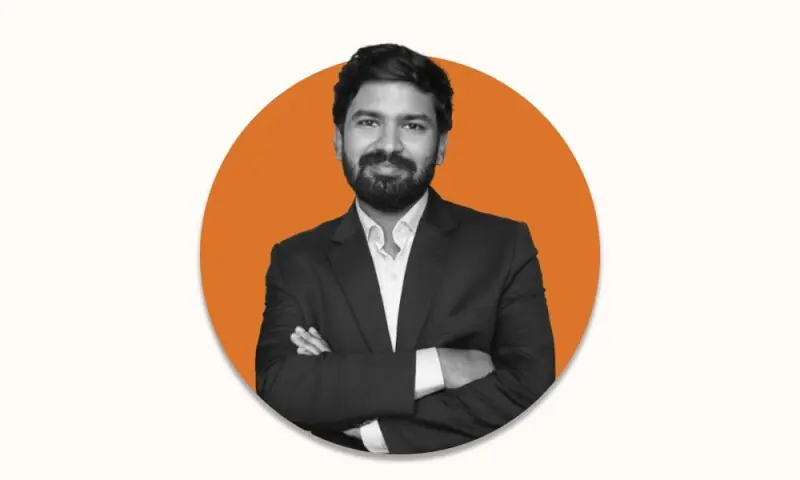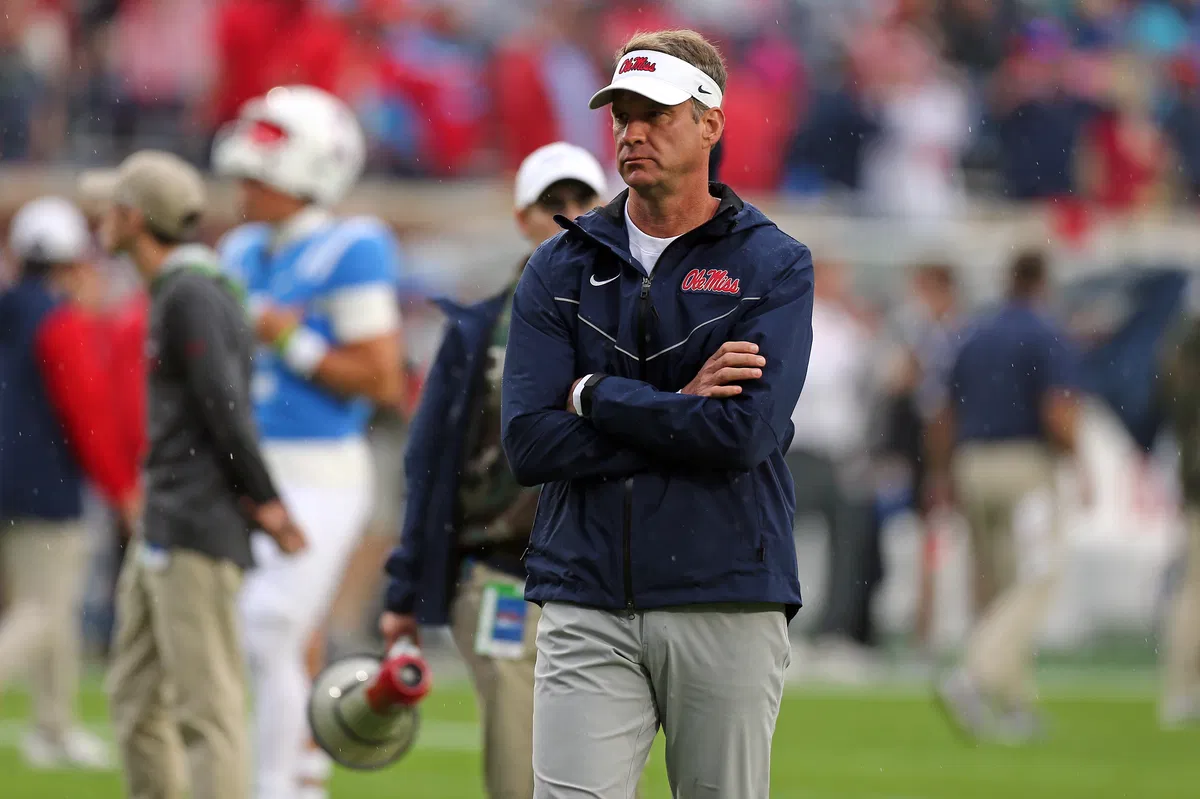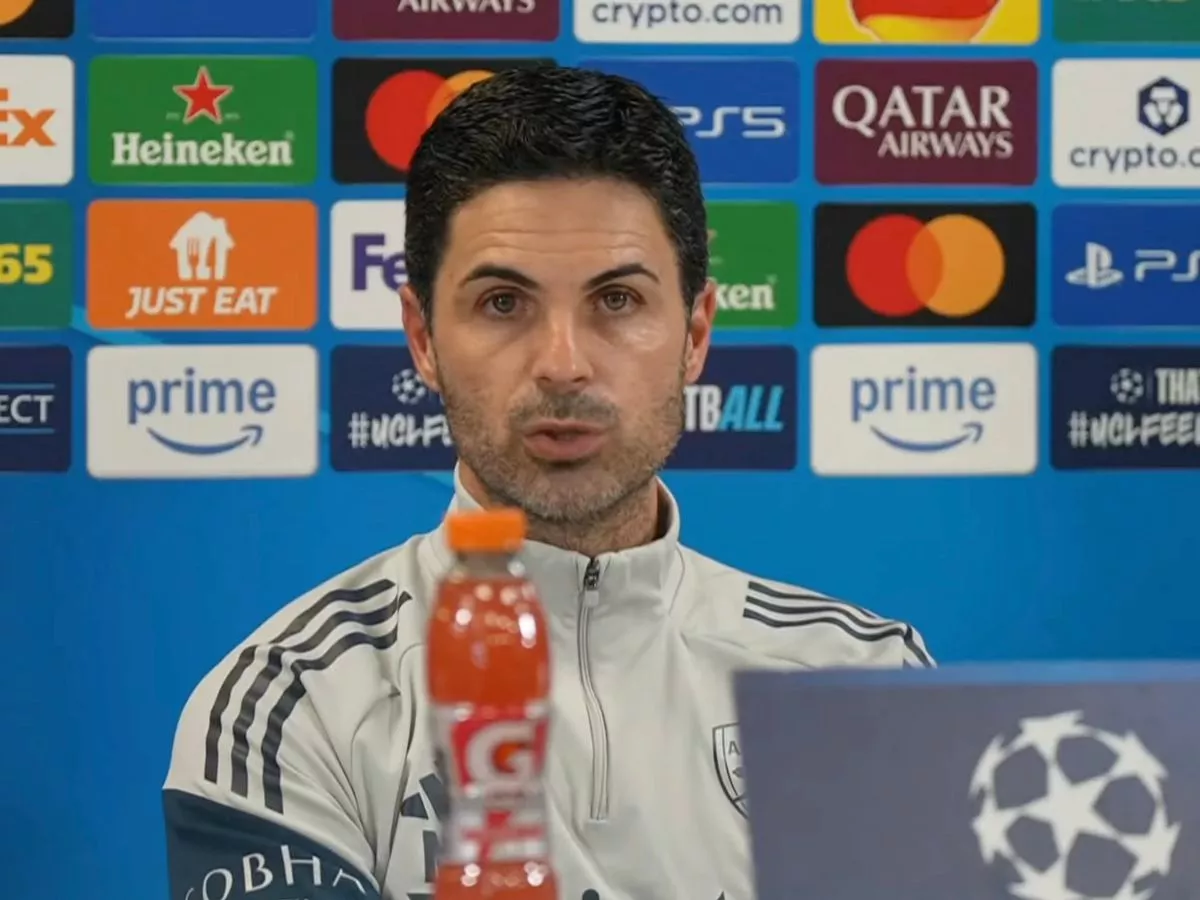Copyright brecorder

In 2015, tech wasn’t mainstream in Pakistan—even as it surged globally. I jumped in anyway. My vision was simple: help build Pakistan’s technology ecosystem. Ten years later, I’d hosted more than 500 events and helped stitch together communities and companies—culminating in Future Fest, which grew into the country’s largest tech gathering. It was loud, thrilling, exhausting—and it worked. Ecosystem building has a strange goal: to make yourself unnecessary. When an ecosystem becomes self-sustaining—super-connected, breathing on its own—the scaffolding that built it should come down. Looking back, maybe we crossed that line in 2022 with the first Future Fest. I didn’t feel done then, so we kept going. After four editions, I finally felt it: my role there had ended. I say this with relief, not regret. Duty fulfilled. Time to move forward—personally and professionally. My business helped build many others, but I started hearing a quieter question underneath the noise: What’s bigger than business? For me, the answer was farming—the work that sustains life, aligns with our country’s natural strengths, and reconnects us to the land we stand on. I didn’t enter farming to “fix” the nation or claim grand solutions to our economic crises. Still, I believe farming—done right—touches everything: the economy, the environment, and our health. Pakistan is naturally agrarian; perhaps that means we’re all farmers at heart, even if we don’t see it that way. I wanted a different kind of independence—not the version society sells us, but human independence: grow my own food, live closer to the land, depend less on forces beyond my control. My wife once said it’s odd to talk about humans “leaving” nature—humans are nature. We’ve just been away for too long. I remembered. The problem is that much of modern agriculture forgot too. Farming should be the human role: tending our shared home so it becomes healthier. Yet industrial practices often do the opposite—degrading soil, polluting water, and harming the very people they feed. That isn’t farming; it’s extraction disguised as progress. The path forward isn’t to go backward. It’s to go back to natural with better tools: science, technology, and stewardship. Around the world, regenerative agriculture is restoring landscapes and livelihoods by rebuilding soil, cycling nutrients, protecting water, and producing genuinely nutritious food. The method is simple: trust nature to do the heavy lifting, and systematically remove what harms it—synthetic overloads, extractive incentives, short-term thinking. Pakistan doesn’t lack opinions; it lacks action. And three intertwined crises demand action now: ● Health: Toxic diets have real costs—diabetes rates, heart disease, low life expectancy, child malnutrition. ● Environment: Air, water, and heat are working against us because we’ve worked against nature for too long. ● Economy: We import basics—seed oils, lentils, and more—while celebrating modest export wins. Resilience begins with growing (and preserving) more of what we consume. That’s the context for Ejad Farms. It’s just a farm, and I’m just another farmer—lucky to approach it thoughtfully and with resources many don’t have, but the role is the same: do the work, heal the soil, grow real food. Our aim is to become Pakistan’s first regenerative center of excellence—a living model for sustainable agriculture and nutrient-dense food, where we revive the lands we’ve taken responsibility for and open our gates to share what works. People often ask, “What is regenerative agriculture?” It’s a fair question. But maybe the better one is: Do we want an extractive economy—or a regenerative one? That choice doesn’t just shape how we farm. It shapes how we live, the health we enjoy, the air we breathe, and the sovereignty we reclaim. I spent a decade helping an ecosystem breathe on its own. Now I’m building with a different kind of partner—one that’s been here all along. It doesn’t ask for applause. It asks for room. Give it that, and it will do what it always does: grow, heal, and feed. This time, I’m not the hero of the ecosystem story. Nature is.



